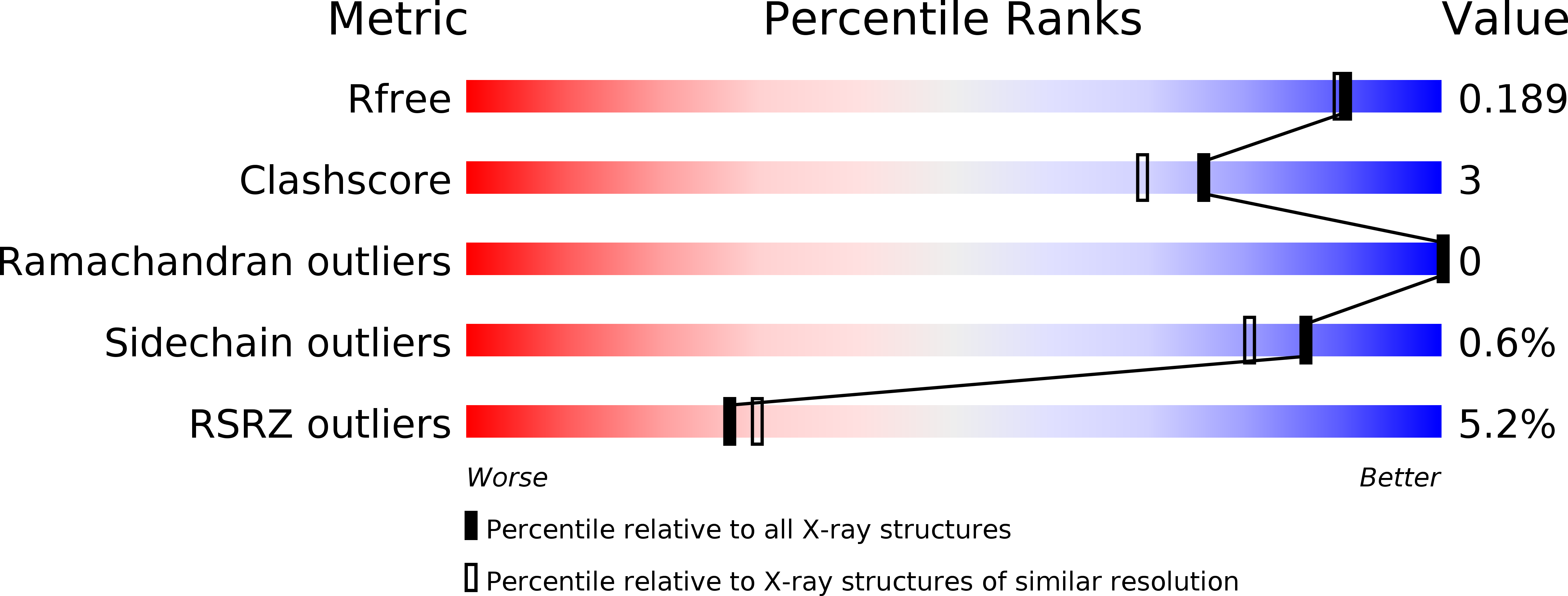
Deposition Date
2010-07-31
Release Date
2011-06-15
Last Version Date
2023-10-04
Entry Detail
PDB ID:
3O7U
Keywords:
Title:
Crystal structure of Cytosine Deaminase from Escherichia Coli complexed with zinc and phosphono-cytosine
Biological Source:
Source Organism:
Escherichia coli (Taxon ID: 562)
Host Organism:
Method Details:
Experimental Method:
Resolution:
1.71 Å
R-Value Free:
0.19
R-Value Work:
0.17
R-Value Observed:
0.17
Space Group:
H 3 2


